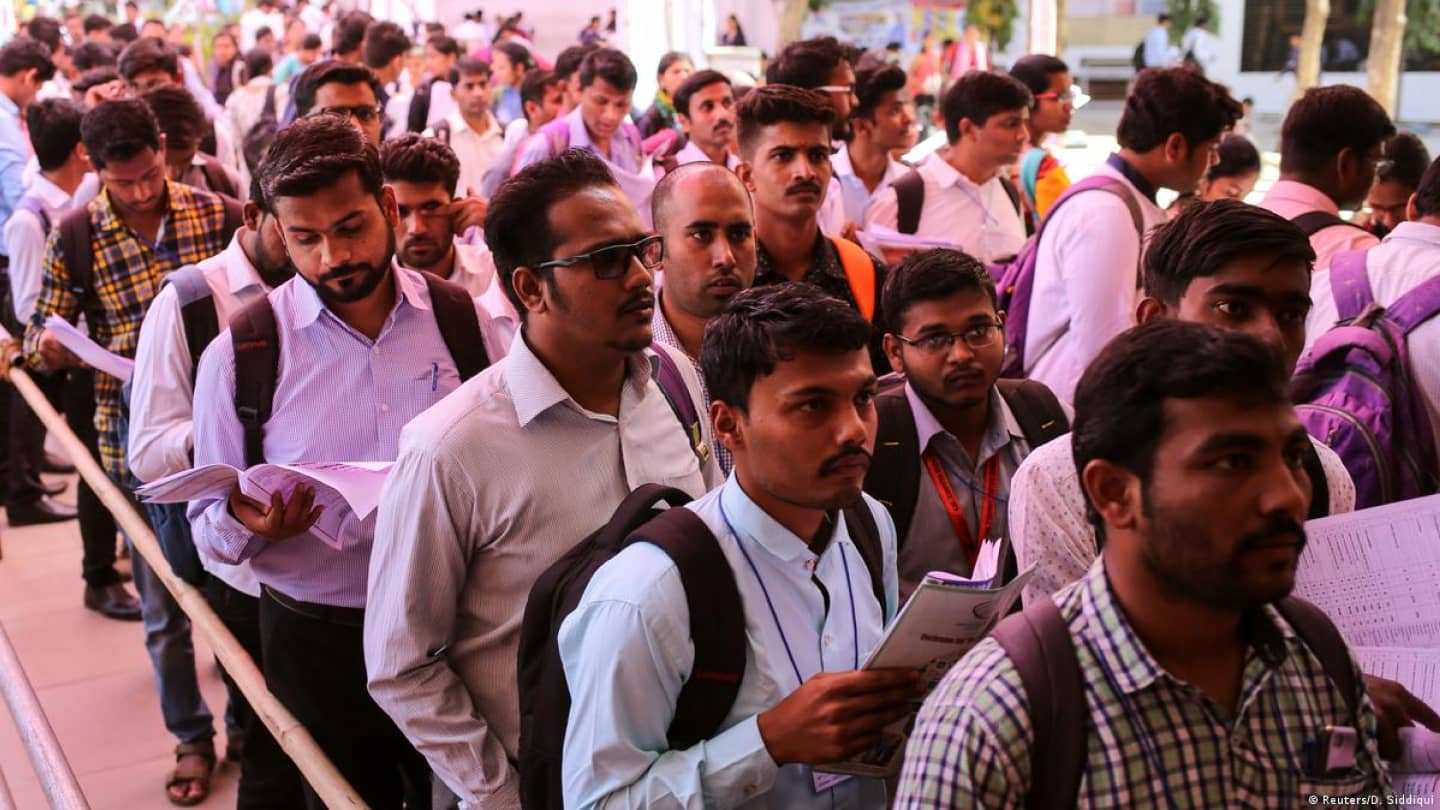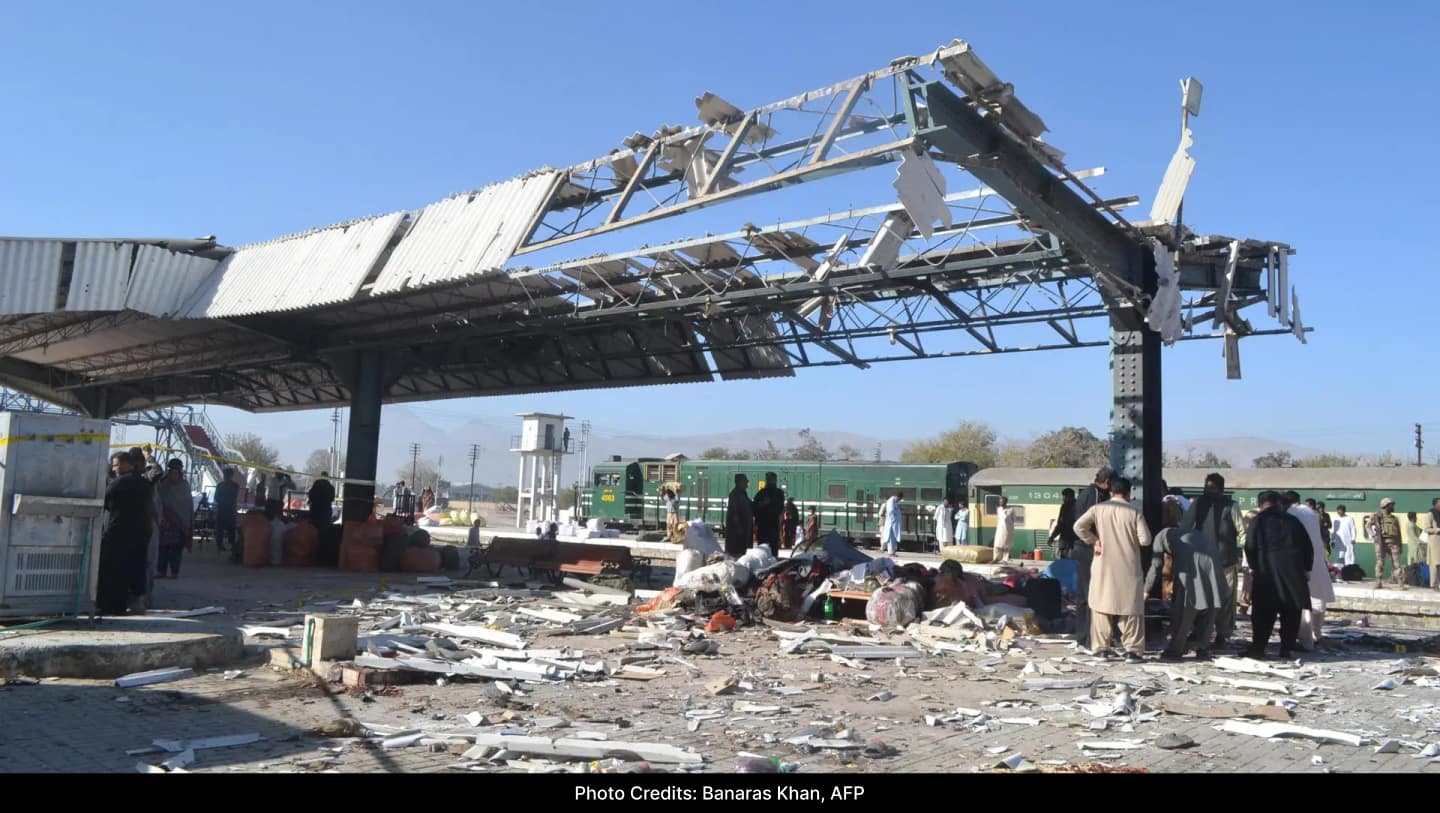India’s youth continue to face rising unemployment rates, with nearly 83 percent of the unemployed population belonging to this demographic, according to the India Employment Report 2024, jointly published by the International Labor Organization (ILO) and the Institute of Human Development (IHD).
The report highlights a worrying trend where the share of educated youth with at least a high school education among the total unemployed youth has almost doubled from 35.2 percent in 2000 to 65.7 percent in 2022.
Dropout rates from secondary education remain high, particularly in poorer countries and among marginalized groups. Despite rising enrollments in higher education, concerns about quality remain, with significant educational gaps observed at school and tertiary level, according to the report.
It was issued by Chief Economic Adviser V Anantha Nageswaran on March 26.

Rising unemployment among educated youth
According to the study, youth employment and underemployment increased between 2000 and 2019, but declined during the years of the COVID-19 pandemic. Educated youth, however, experienced a significantly higher unemployment rate during this period.
Further, the labor force participation rate (LFPR), the employment population ratio (WPR) and the unemployment rate (UR) witnessed a steady decline between 2000 and 2018, only to show signs of improvement after 2019, the report highlighted.
Also Read
- 1 Indian crew sustained minor injury in Baltimore bridge collision
- Mumbai becomes Asia’s billionaire capital: Hurun list 2024
Wages have largely stagnated or fallen, with real wages for regular workers and the self-employed showing a negative trend after 2019. A substantial proportion of unskilled casual workers did not receive the mandated minimum wage in 2022.
States like Bihar, Uttar Pradesh, Odisha, Madhya Pradesh, Jharkhand and Chhattisgarh have struggled with poor employment performance over the years, reflecting the impact of regional policies.
The Challenge of Youth Employment in India
India is at a crucial juncture for youth employment as it has the potential to capitalize on its demographic advantage. With a significant portion of the population falling into the working age category, India benefits from what is called the ‘demographic dividend’.
However, this advantage faces challenges as the number of young people, who made up 27 percent of the total population in 2021, is projected to decline to 23 percent by 2036.





